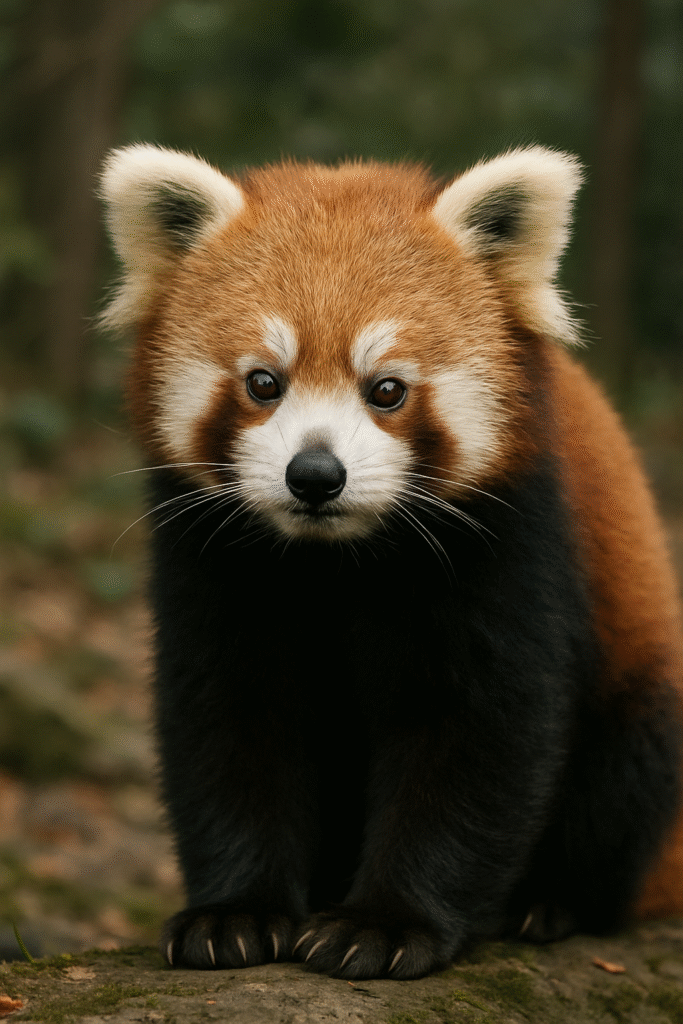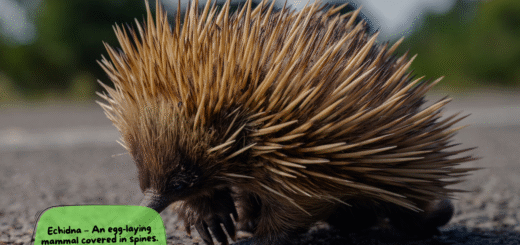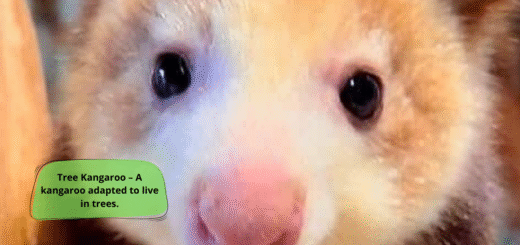Red Panda: The Adorable Acrobat of the Forest
The red panda (Ailurus fulgens) is one of the most charming creatures on Earth, yet remains relatively unknown compared to its giant panda cousin. With its fluffy tail, vibrant reddish-brown fur, and playful personality, the red panda captures hearts worldwide. If you’re looking to learn more about this adorable species — and why it deserves our attention — you’re in the right place.

What is a Red Panda?
The red panda is a small, tree-dwelling mammal native to the temperate forests of the Himalayas and southwestern China. Despite its name, it is not closely related to the giant panda. Instead, it belongs to its own unique family, Ailuridae. About the size of a domestic cat, the red panda boasts thick fur, a round face, and a long, bushy tail with alternating light and dark rings.
Red Panda’s Natural Habitat
Red pandas thrive in mountainous regions at elevations between 2,200 and 4,800 meters. They prefer dense forests filled with bamboo — their primary food source. Countries where red pandas are found include:
- Nepal
- Bhutan
- India (Sikkim and Arunachal Pradesh)
- Myanmar
- China (Yunnan and Sichuan provinces)
These environments offer the cool climates and abundant foliage that red pandas need for survival.
Diet: Bamboo Lovers and Beyond
Although red pandas are classified as carnivores, they are largely herbivorous. Around 85–95% of their diet consists of bamboo leaves and shoots. However, they also occasionally enjoy fruits, acorns, insects, and even small birds or eggs.
Interestingly, red pandas have a “false thumb” — an extended wrist bone — which helps them grip bamboo stems skillfully.
Why Are Red Pandas Endangered?
The International Union for Conservation of Nature (IUCN) lists the red panda as Endangered. There are estimated to be fewer than 10,000 individuals left in the wild. Their biggest threats include:
- Habitat loss due to deforestation
- Poaching for their beautiful fur
- Pet trade and illegal captivity
- Fragmentation of populations, reducing genetic diversity
Conservation efforts are critical to protect these fascinating animals and their forest homes.
Fun Facts About Red Pandas
- Sleeping Beauty: Red pandas sleep during the day curled up in tree branches.
- Built for Cold: Their thick fur even covers the soles of their feet for insulation.
- Playful Spirits: They love to play and can often be seen wrestling with one another, especially young cubs.
- Masters of Balance: That big fluffy tail helps them balance while climbing trees.
How You Can Help Red Pandas
Supporting organizations that focus on red panda conservation, such as the Red Panda Network, can make a real difference. You can:
- Donate to conservation programs
- Adopt a red panda virtually
- Educate others about the species
- Choose eco-friendly products that help reduce deforestation
Every small action contributes to the survival of these wonderful creatures.
Conclusion
The red panda is a symbol of the beauty and fragility of our natural world. As we work to preserve biodiversity, paying attention to smaller, lesser-known animals like the red panda is just as important as saving larger, more famous species. By learning more and taking action, we can help ensure that future generations will also get to admire the red panda’s irresistible charm.








